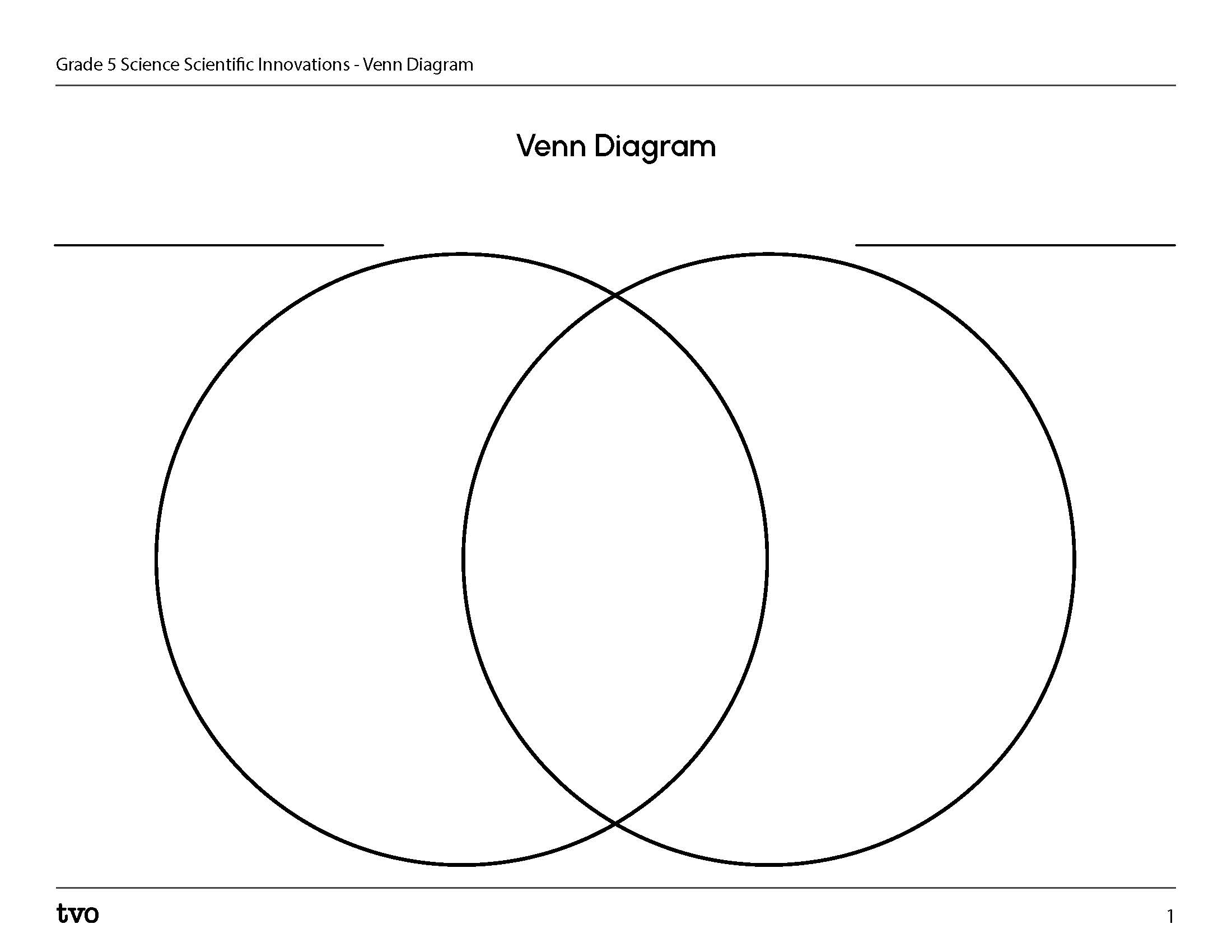Minds On
What is anatomy?

Brainstorm a list of different types of animals. Once you have completed your lists, consider the following questions.
What are some of the similarities between the structure and systems of a human being and each of the animals on your list?
What are some of the differences between the structure and systems of a human being and each of the animals on your list?
Record your thoughts using a method of your choice.
Action
Skeletons
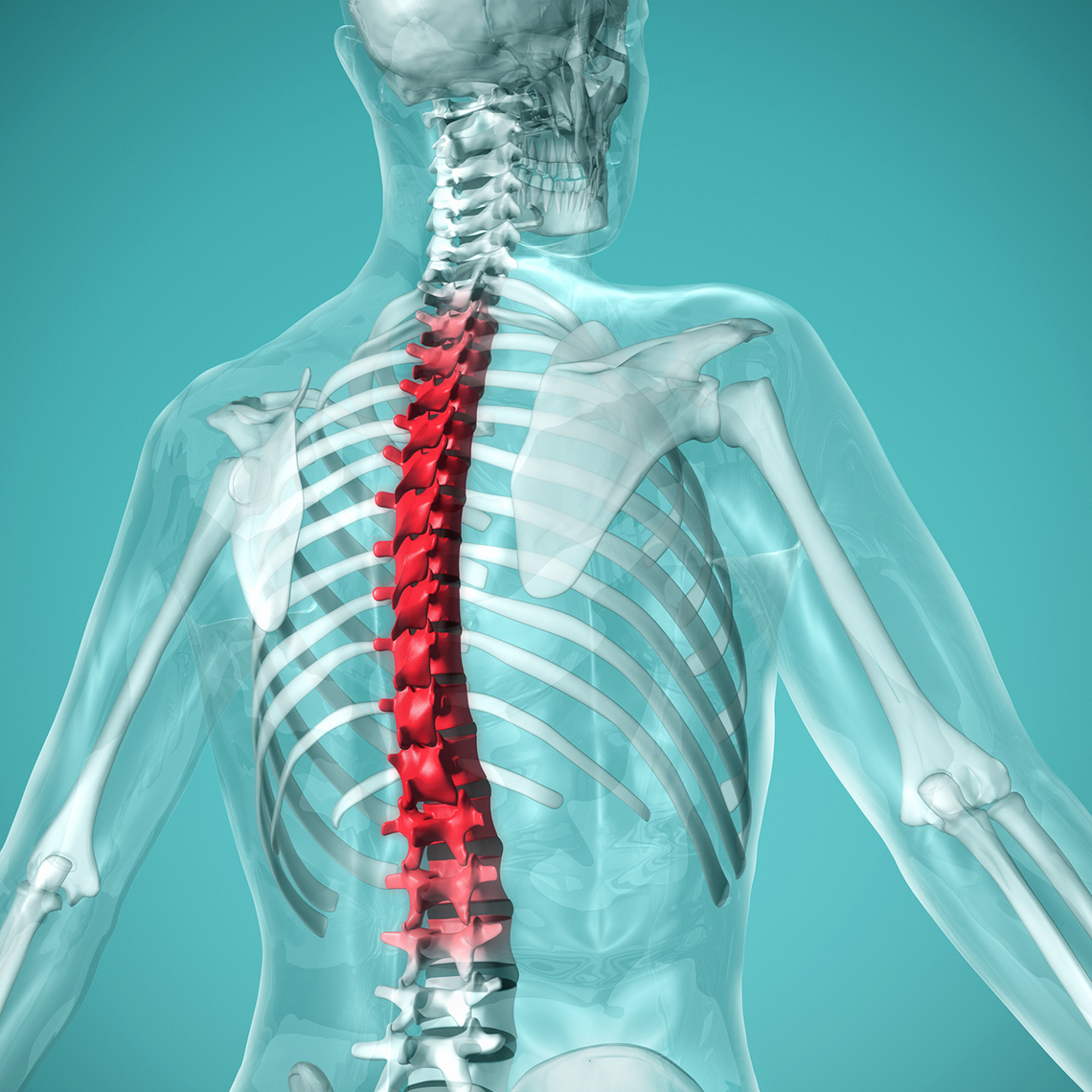
In order for a human or animal to have a form or a body, it needs a structure which allows all of the body system to arrange themselves. In some animals, this structure exists as a frame, organized as a skeleton, either inside the body, or outside.
Can you think of any animals that have their skeletons outside of their bodies? Which animals have skeletons inside?
Animals like insects and crustaceans (e.g. shrimp, crabs) have their skeletons outside of their bodies to protect them from their environment.
Animals that have their skeletons outside their body are called invertebrates because they have no backbones, just an exoskeleton (exo= exterior) to give them structure.
Animals that have their skeletons inside their bodies are called vertebrates because their structure is organized around a central backbone.
Can you think of any animals that have no skeleton? Not inside or outside their body?
What about an earthworm, jellyfish, or sea sponge?
Think about it!
Think about the following questions. Press ‘Let’s Check’ to reveal possible answers.
Using the information above, are humans vertebrates or invertebrates? How do you know?
Human bodies are organized around a central backbone called the spine and are classified as vertebrates. Dogs, elephants, giraffes, birds and whales are also vertebrates.
Do all invertebrates (animals with no backbone) have an exoskeleton (skeleton outside their body)?
No. Animals like earthworms and jellyfish do not have a skeleton inside or outside their body.
Researching animals

Let’s do a comparison between animals that have a backbone and those that don’t.
Before you begin your investigation of these animals, explore this video that explains the Scientific Research Process.
For this activity you will be comparing the following three animals.
Although we typically think of lions and tigers when we hear the word animal, insects and fish are classified as being in the animal kingdom as well. In this learning activity, we will be using the word animal to talk about mammals, fish, and insects. Let’s compare:
- a fish
- a crab
- an earthworm
Complete the Comparison Chart in your notebook or using the following fillable and printable document. If you would like, you can use speech-to-text or audio recording tools to record your thoughts.
|
Fish |
Crab |
Earthworm |
|
|---|---|---|---|
|
Is this animal a… |
|||
|
Invertebrate |
|||
|
Invertebrate with an exoskeleton |
|||
|
Vertebrate |
|||
|
How does their structure help protect each animal? |
Press the ‘Activity’ button to access Comparison Chart.
Press the following tabs to access information about fish, crabs, and earthworms.
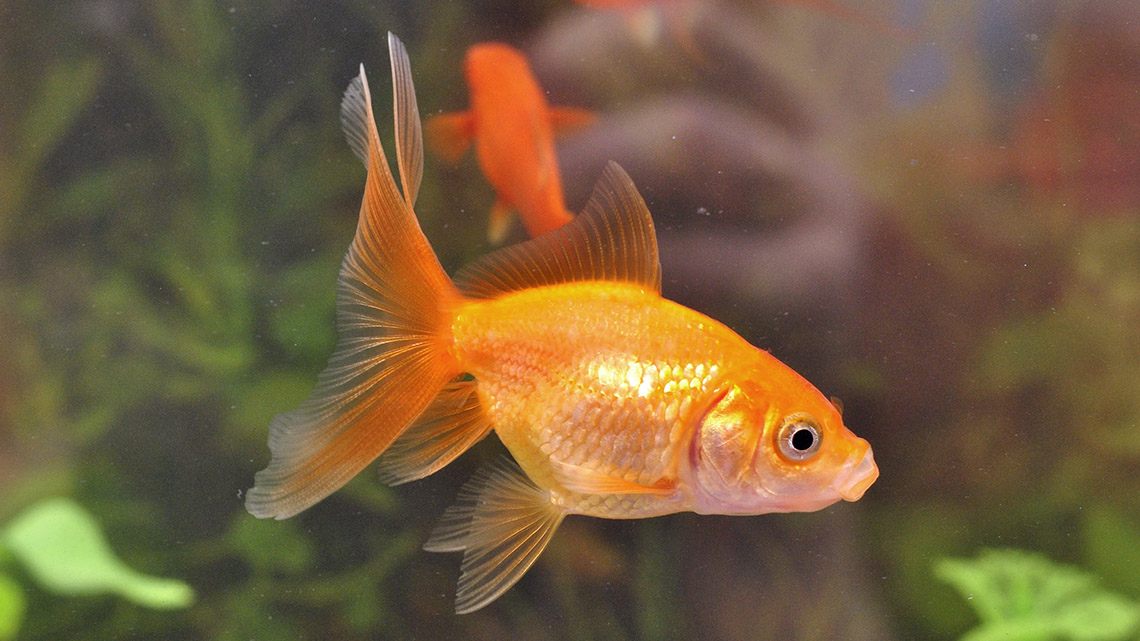
A fish is a vertebrate. This means it has a backbone which is also called a spine. It goes from the head to the beginning of the tail. It gives a fish some structure and it helps them to swim straight. Their backbone helps to protect their organs from getting squeezed too tight or other damage. Did you know that most fish cannot swim backwards?
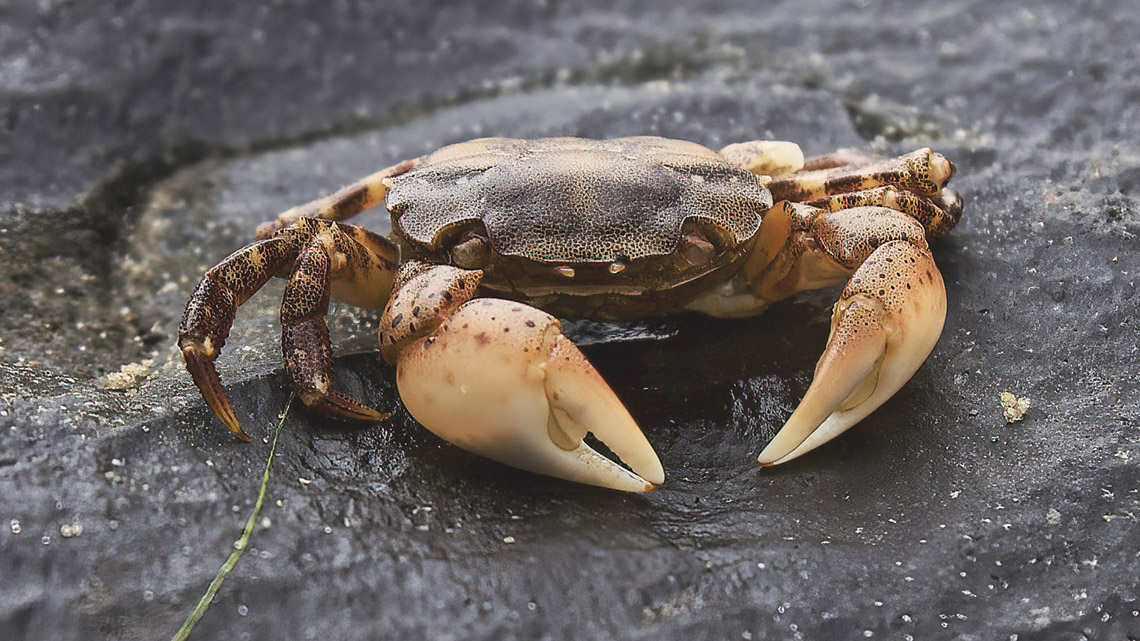
A crab is an invertebrate with an exoskeleton. This means that they do not have a backbone but they do have an exoskeleton. An exoskeleton is a skeleton that is on the outside of a body rather than on the inside. A crab’s exoskeleton helps a crab survive by giving it a strong shell. This helps protect it from predators. Did you know that if a crab gets too big, it will “molt”? This means it will get rid of its shell and make a new one!
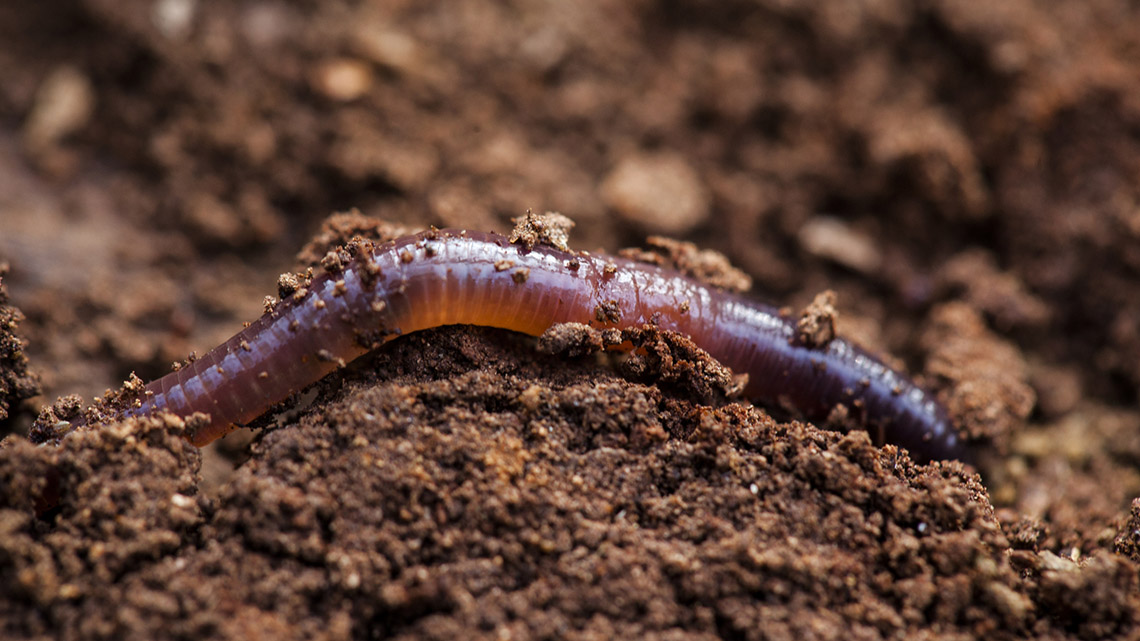
Earthworms are invertebrates. This means that they do not have a backbone. Instead, their bodies are made up of a group of ring-like sections which are covered in small bristles. This helps the worm move and burrow underneath the soil to escape predators. Did you know an earthworm can eat up to a third of its bodyweight in a day?
Did You Know?
Interesting fact
Did you know that 95% of all animals are invertebrates? A lot of invertebrates are very small, and some are even microscopic! Small insects, for example are considered invertebrates.
Check your learning!
Let’s test our knowledge of vertebrates, invertebrates, and invertebrates with exoskeletons. Based on what you have learned, what category do you think each animal belongs in?
Task 2: Breathing

Reptiles, mammals, and birds are all types of vertebrates, but they look, move and their body systems function differently.
These differences and similarities have been used by humans to create classifications.
Reptiles have scaly skin, mammals have skin with fur or hair, and birds have skin covered in feathers.
Reptiles, mammals and birds all breathe air using lungs. They breathe in and out to get oxygen in and carbon dioxide out of their bodies.
Check out this video entitled “Human Respiratory System Lungs” that demonstrates the breathing process.
How does this short clip demonstrate the breathing process?
Record your ideas in a method of your choice.
How do fish breathe?
Can you think of a group of animals that do not have lungs?
Explore the following video to examine how a fish breathes.
What parts of the fish’s body was involved in the breathing process?
Record your ideas in a method of your choice.
Gills are used instead of lungs for animals who live underwater. Fish take in oxygen from the water when it flows past the gills. Fish do not inhale and exhale like animals who have lungs.

The form (shape and structure) of lungs and gills are very different, however the function (their job to take in oxygen and get rid of carbon dioxide) is the same.
Amphibians
Amphibians spend part of their life in the water. When frogs are young tadpoles, they use gills to get oxygen into their blood, and when they are fully developed adults, they use lungs to breathe.
Check out the following clips of tadpoles and frogs breathing.
Tadpoles
Frogs
What was the same about the breathing process in the tadpole and the frog? What was different? Record your answer in a method of your choice.
Task 3: Brains
The brain is a complex organ that is common to humans and animals. Explore the following image to compare the human brain to other animals.
What are some of the similarities and differences between the human brain and the following animals:
- chimpanzee
- rhesus monkey
- dolphin
- fish
- crocodile
- frog
- rat
Record these similarities and differences in a method of your choice.

A comparison of the human brain and various animals. The top image compares the brains of a crocodile, a frog, a fish, and a rat. The brains in the top image have a similar appearance. The bottom image compares the brains of a Rhesus monkey, chimpanzee, human and dolphin. The brains in the bottom image have a similar appearance.
You may have noticed that the brain in fish, frogs, crocodiles and rats share a similar shape or structure.
In comparison, the brain of humans, rhesus monkey, chimpanzee and dolphins share a similar shape or structures.
While the rhesus monkey and chimpanzee brain are smaller than the human brain, the dolphin brain is larger.
In addition to shape and size, there are some interesting differences between human brains and other animal brains. One significant difference in human brains is our sense of smell. Humans can attach memories to smell, both positive memories and unpleasant ones.

The olfactory bulb, which is the section that deals with the sense of smell for humans, is smaller in comparison with animal brains.
Why do you think an animal’s sense of smell would have to be stronger than a human?
Press ’Let’s Check’ to reveal the answer.
Animals rely on their sense of smell much more than humans do for survival, i.e., for hunting and scavenging for food.
Did You Know?
Did you know?
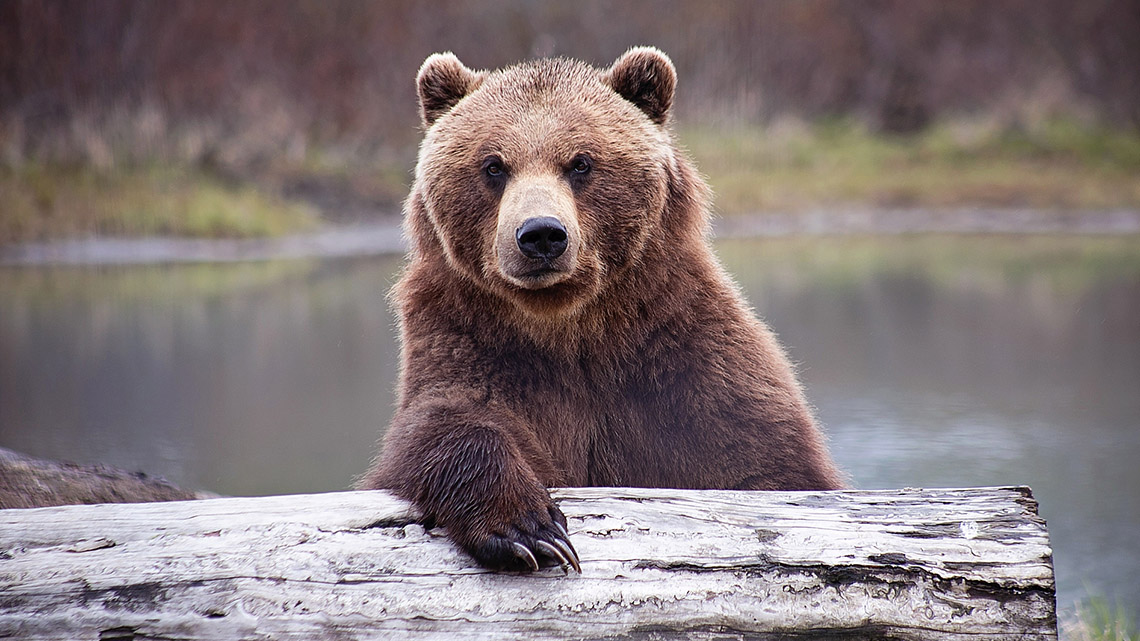
The olfactory bulb in bears is actually 5 times larger than a human!
Consolidation
Comparative anatomy

Using information and vocabulary learned in this lesson create a comparison between a human and another animal that you investigated. You may also choose your own animal.
In your comparison, be sure to include the following information:
- Areas of the anatomy discussed
- Physiology discussed (including respiration)
- Size of brain in comparison to each other (if mentioned)
- Vertebrate or invertebrate classification
Use proper science vocabulary in your comparison.
Complete the Venn Diagram in your notebook or using the following fillable and printable document. If you would like, you can use speech-to-text or audio recording tools to record your thoughts.
Think about it!
Record your reflection answers in a method of your choice.
- Which animal that was investigated or discussed above surprised you the most? Why?
- If you were to share one similarity or difference between the human body and an animal body, what would you share? Why?
Reflection
As you read through these descriptions, which sentence best describes how you are feeling about your understanding of this learning activity? Press the button that is beside this sentence.
I feel…
Now, record your ideas using a voice recorder, speech-to-text, or writing tool.
Press ‘Discover More’ to extend your skills.
Discover MoreIt’s time to play a game! You will now access Function Factory.
Play the TVO Kids mPower game, Function Factory. Investigate the structure and function of human body systems and interactions within and between systems. Design and test a processing facility to demonstrate how organs in major systems of the human body work and interact.
Press the ‘TVO mPower’ button to access Function Factory. You will need an mPower login to access the game.

Press the TVO mPower button to access Function Factory. You will need an mPower login to access the game.
TVO mPower (Opens in a new tab)